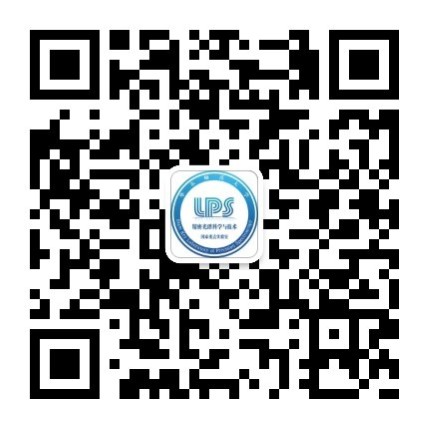报告人:Andrew Forbes
主持人:荆杰泰教授
时间:2022年9月28日(周三)下午15:00
地点:光学大楼B325会议室
ZOOM会议 ID:878 8952 2358,密码:123456
参会链接:https://us05web.zoom.us/j/87889522358?pwd=UjZKaFR1ZmU3aFk0WUs1c0JpZnF6Zz09
报告人简介:
Andrew has at various times in his career found himself as teacher, janitor, secretary, receptionist, web-master, systems engineer, sales rep, manager, director, and sometimes a scientist. Andrew is presently a Distinguished Professor within the School of Physics at the U. Witwatersrand (South Africa) where in 2015 he established a new laboratory for Structured Light. Andrew is active in promoting photonics in Africa, a founding member of the Photonics Initiative of South Africa and initiator of South Africa’s Quantum Roadmap. He is a Fellow of SPIE, the OSA, the SAIP, and an elected member of the Academy of Science of South Africa. He holds an A-rating by the South African NRF, 3 honorary professorships, is editor-in-chief of the UK’s Journal of Optics and sits on the editorial board of three other international journals. Andrew has won several awards, including the NSTF national award, the Georg Forster prize from the Alexander von Humboldt Foundation, the SAIP Gold Medal, and the Sang Soo Lee award from Optica (formerly the Optical Society of America) and the Korean Optical Society. Andrew spends his time having fun with the taxpayers’ money, exploring structured light in lasers as well as classical and quantum optics.
报告内容简介:
Structured light is an exploding topic, giving rise to new applications, from classical to quantum. The structuring can be done with classical beams, single photons or entangled states, offering access to the infinite alphabet of patterns of light for high-dimension quantum states. In this talk I will review the recent progress in quantum entanglement of photons in their spatial degree of freedom. I will explain how to create high-dimensional quantum states in the laboratory, how to measure them, and what the present state of the art is in terms of applications. In particular, I will outline the advantages and disadvantages of using such entangled states as a means to encode information for secure quantum communication channels, and highlight the open challenges that remain.

